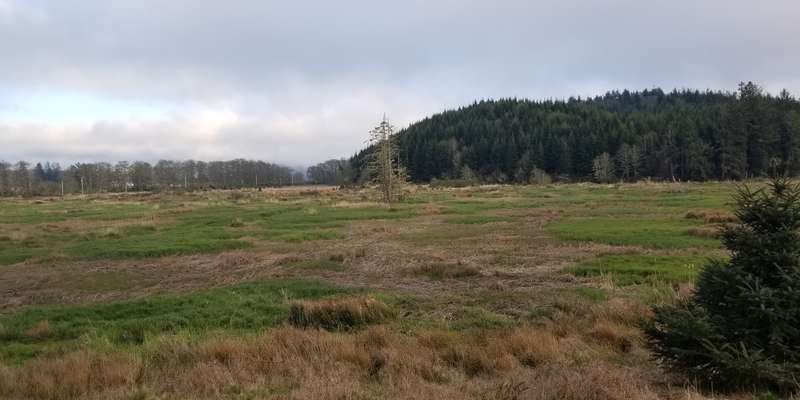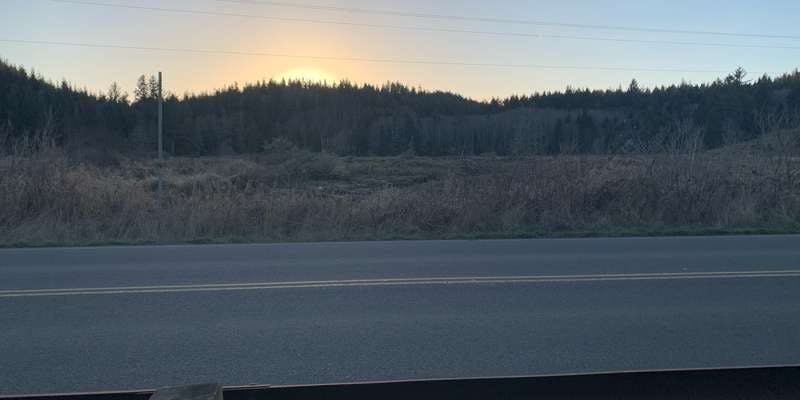Lewis and Clark National Historical Park
Oregon
2 chronologs | 823 contributions
2 chronologs managed by Lewis and Clark National Historical Park
About Lewis and Clark National Historical Park
Since the 1880s, over 70% of historical tidal wetlands in the Columbia River estuary have been lost due to human impacts such as diking, land conversion for agriculture, and urban development. Beginning in 2006, the National Park Service has been actively restoring areas along the Lewis and Clark River contributing to the recovery of the Youngs Bay watershed and endangered salmon stocks. In the 44-acre site, Colewort Creek, a bridge replaced a culvert and tide gate to ensure salmon could once again return to the Lewis and Clark River floodplain. Excavated channels and native plantings have improved and increased wildlife habitats. These and other restoration projects throughout the Lower Columbia River are enhancing the estuary so native runs of wild fish can thrive. With these efforts, we are doing our part to recover the abundance and diversity known for time immemorial by Indigenous people here and experienced by the Corps of Discovery during its stay. By submitting photos at this Chronolog site, community scientists are assisting park managers in tracking landscape change over time. This project has been made possible through partnerships between Columbia River Estuary Study Taskforce (CREST), Bonnieville Power Administration (BPA), National Oceanic and Atmospheric Administration (NOAA), Lower Columbia Estuary Partnership (LCEP), North Coast Watershed Association (NCWA), Lewis & Clark National Park Association and Lewis and Clark National Historical Park.
For nature-lovers
Explore chronologs
For organizations
Chronolog is a monitoring tool for parks, nature centers, wildlife organizations, schools, and museums worldwide. With over 100,000 contributors across 300 organizations, Chronolog is on a mission to engage communities with nature while recording important natural changes.
© Chronolog 2025 | Terms

